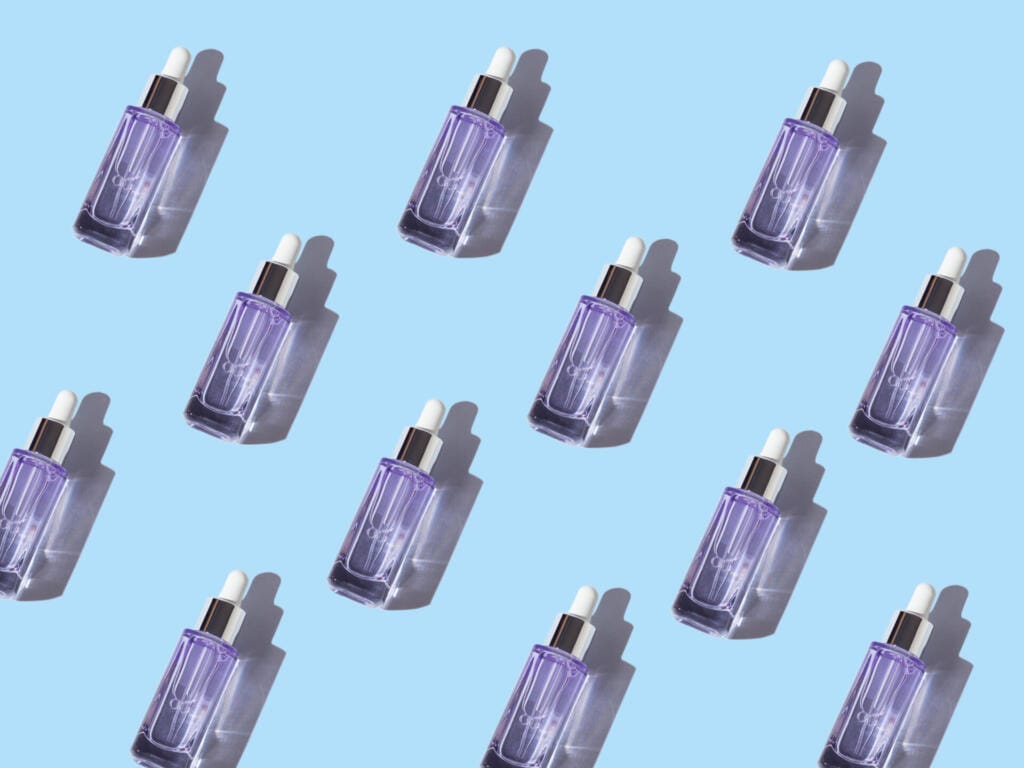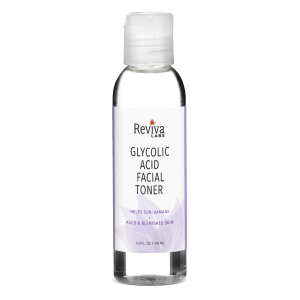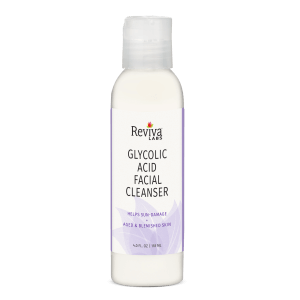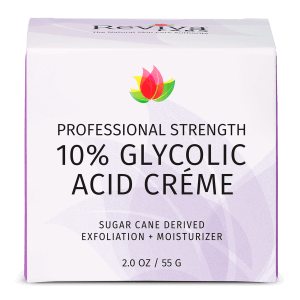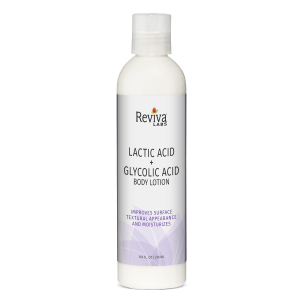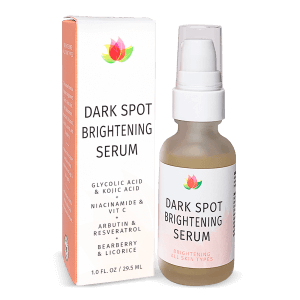Clean Beauty
The Pros and Cons of Glycolic Acid in Skincare: Is It Right for Your Routine?
Glycolic acid, a powerhouse in the world of skincare, is one of the most effective forms of Alpha Hydroxy Acids (AHAs). Naturally derived from sugarcane, it’s widely used for its gentle but powerful exfoliating properties that reveal a fresh, youthful glow by removing dead skin cells from the skin’s surface. But while this ingredient can transform dull, uneven skin, it’s not without its downsides. For those considering adding glycolic acid to their routine, it’s essential to weigh both the advantages and potential pitfalls to maximize benefits and avoid any adverse effects.
What Makes Glycolic Acid So Popular?
Glycolic acid stands out among exfoliating ingredients for several reasons. First, it has the smallest molecular size of any AHA, allowing it to penetrate deeply into the skin. This penetration power makes it incredibly effective at stimulating cell turnover and addressing various skin issues, from acne scars to sun damage. With regular use, it helps to improve the texture and tone of the skin, reduce the appearance of fine lines, and even tackle persistent issues like hyperpigmentation.
Benefits of Glycolic Acid: Why It’s a Skin Game-Changer
Smoother, Brighter Skin
One of the most immediate benefits of glycolic acid is its ability to remove the top layer of dead skin cells, unveiling a smoother, more radiant complexion. By accelerating the skin’s natural exfoliation process, glycolic acid keeps the skin looking fresh and reduces dullness. This regular exfoliation helps keep pores clear, which can also reduce breakouts and blemishes over time.
Improved Skin Texture and Fine Line Reduction
Glycolic acid doesn’t just exfoliate; it also stimulates collagen production, which is essential for maintaining the skin’s elasticity and firmness. With continued use, glycolic acid can soften the look of fine lines and wrinkles, giving the skin a plumper, firmer appearance. This is especially beneficial for those looking to address early signs of aging without invasive procedures.
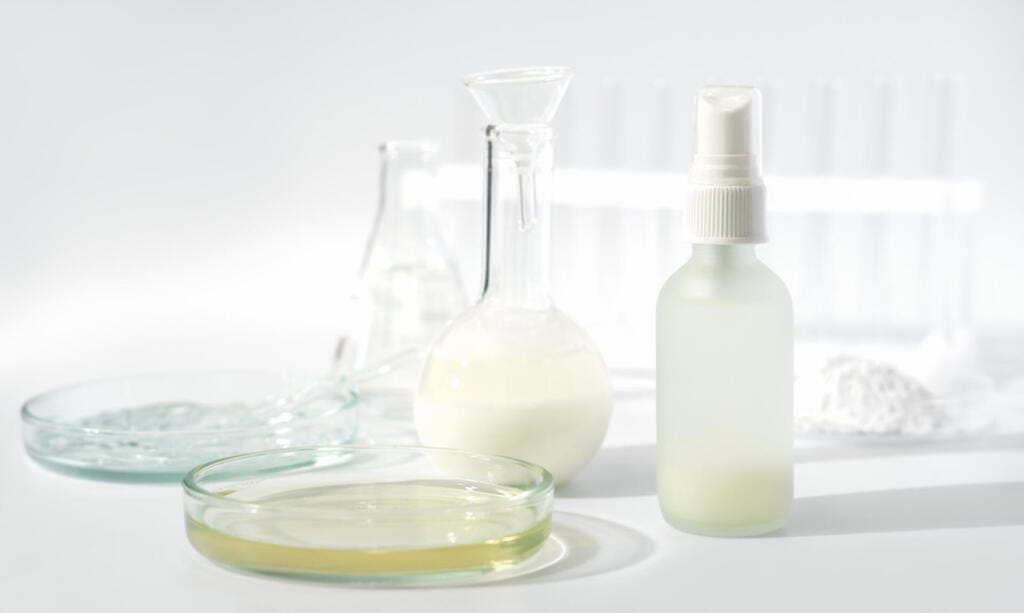
Fading of Dark Spots and Hyperpigmentation
Hyperpigmentation, whether from acne scars or sun exposure, can be challenging to treat. Glycolic acid helps fade these spots by removing damaged skin cells and promoting the growth of new, evenly pigmented cells. When used consistently, glycolic acid can make dark spots less noticeable, resulting in a more uniform skin tone.
Acne Treatment and Prevention
Because glycolic acid keeps pores clean and prevents the buildup of dead skin cells, it’s a powerful ally in fighting acne. It’s especially useful for those with non-inflammatory acne, such as blackheads and whiteheads. By dissolving excess sebum and clearing away the debris that can clog pores, glycolic acid minimizes breakouts and can even help reduce the appearance of acne scars.
The Downsides of Glycolic Acid: Considerations and Cautions
Sensitivity and Irritation
Despite its many benefits, glycolic acid is not without its risks. Because it’s a potent exfoliant, it can cause redness, itching, and irritation, especially for individuals with sensitive or reactive skin. Those new to glycolic acid or with a history of skin sensitivity should start with lower concentrations and gradually build up to avoid these adverse effects.
Increased Sun Sensitivity
One of the most significant concerns with glycolic acid is its ability to make the skin more sensitive to the sun. Since glycolic acid removes the outermost layer of skin, it temporarily reduces the skin’s natural protection against UV rays. This increased photosensitivity can lead to a higher risk of sunburn and long-term sun damage if proper sun protection measures aren’t taken. Sunscreen is non-negotiable for those using glycolic acid, as neglecting sun protection can exacerbate dark spots and potentially reverse the benefits.
Not Suitable for All Skin Types
While glycolic acid can work wonders for many, it’s not suitable for everyone. Those with rosacea, eczema, or highly reactive skin may find that glycolic acid worsens their condition. For these individuals, gentler exfoliants, such as lactic acid, might be a better choice. Additionally, those with darker skin tones should use glycolic acid with caution, as high concentrations may increase the risk of post-inflammatory hyperpigmentation.
The Right Way to Use Glycolic Acid for Maximum Benefit
Start Slowly and Build Up
When introducing glycolic acid into a skincare routine, less is more. Starting with a lower concentration, such as 4-5%, allows the skin to acclimate to the acid without becoming overly irritated. Once the skin has adjusted, higher concentrations can be used as tolerated. Using glycolic acid two to three times per week is generally sufficient, although frequency can vary based on individual skin tolerance and product formulation.
Pair with Soothing Ingredients
Since glycolic acid can be drying, pairing it with hydrating and soothing ingredients like hyaluronic acid and aloe vera can help counteract potential irritation. Products like Reviva Labs’ Glycolic Acid Facial Cleanser, which includes aloe vera for hydration and allantoin for soothing, offer a balanced approach to exfoliation, minimizing the likelihood of irritation.
Don’t Forget Sunscreen
Sun protection is essential for anyone using glycolic acid. Without adequate protection, skin is more susceptible to UV damage, which can counteract the benefits of glycolic acid. Using a broad-spectrum sunscreen with an SPF of at least 30, ideally layered over a moisturizer to keep skin hydrated, is critical.
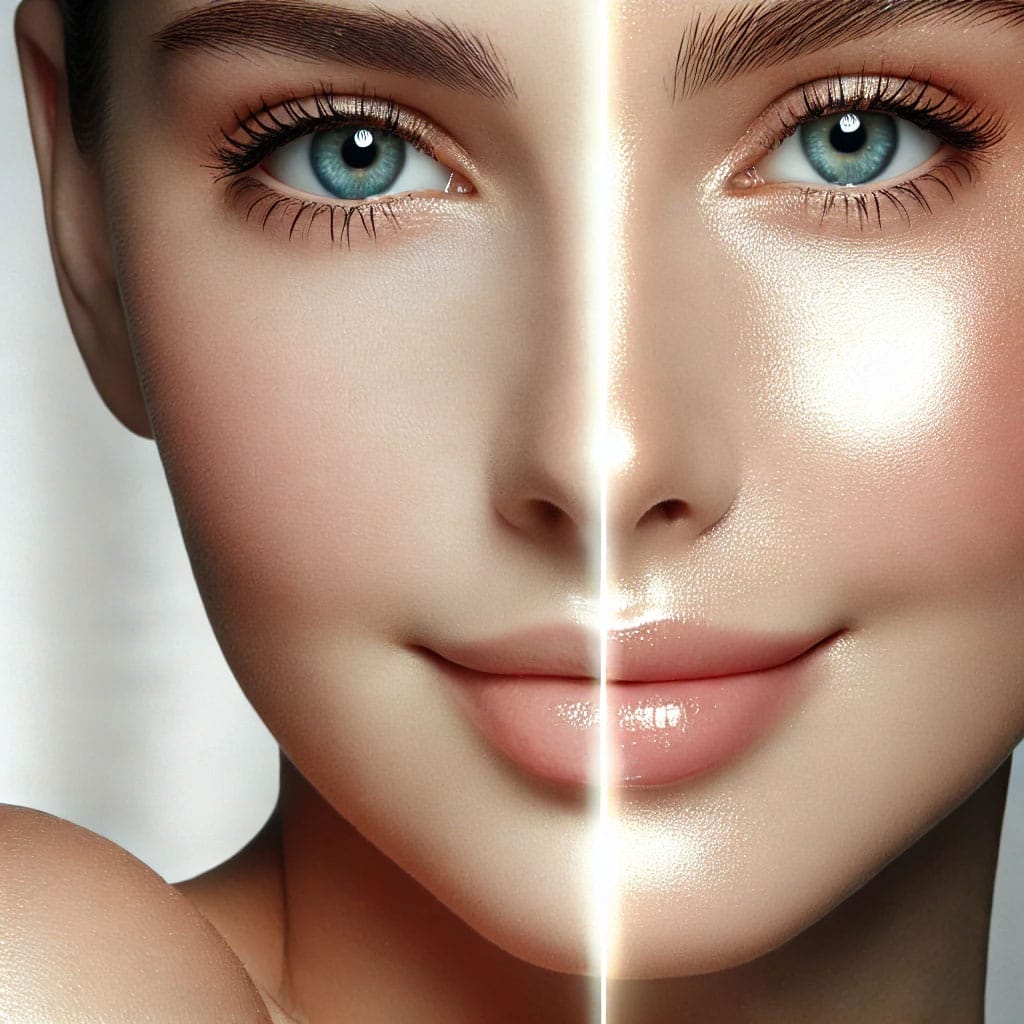
Layering Products with Glycolic Acid
When using glycolic acid, it’s essential to be cautious about layering it with other active ingredients. Retinoids, vitamin C, and other AHAs or BHAs can increase the risk of irritation. A simplified routine that focuses on glycolic acid and a few hydrating products can often provide the best results without overburdening the skin.
Is Glycolic Acid Right for You?
Glycolic acid is an effective, well-researched ingredient that can transform the skin with regular use. It offers a host of benefits, from a brighter complexion to improved texture and reduced signs of aging. However, its strength also comes with potential downsides, including irritation and increased sun sensitivity. For those willing to take the necessary precautions—like using sunscreen diligently and starting with lower concentrations—glycolic acid can be a valuable addition to a skincare routine. But for those with highly sensitive skin or certain conditions, exploring gentler options may be a more suitable choice.
Ultimately, glycolic acid has earned its place as a skincare staple, but as with all potent ingredients, finding the right balance is key to achieving a radiant, healthy complexion.



